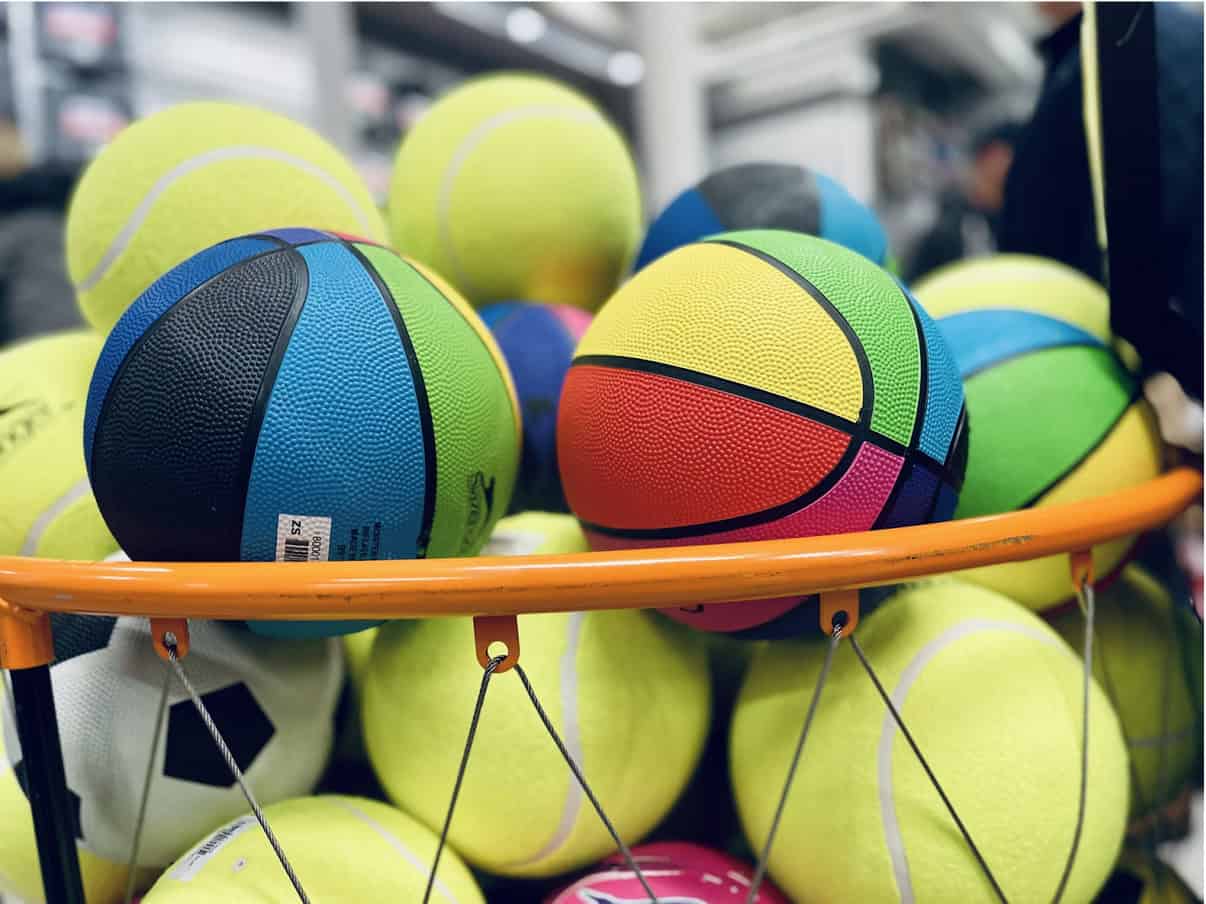
Introduction
Sporting goods encompass products used when playing sports, exercising, or participating in recreational hobbies and outdoor activities. However, classifying all sports merchandise under one umbrella term belies the intricacies behind expertly designed equipment.
Performance:
Products tailor-made for specific sports account for biomechanics, physics, and human physiology to help athletes run faster, lift heavier weights, and achieve new personal bests. Features like moisture-wicking fabrics, injected foam cushions, and lightweight carbon fiber construction all enhance performance.
Safety:
Incorporating protective components into sporting gear design is equally important – right from shatterproof polycarbonate lenses in goggles to high-impact foam padding. Such elements minimize both minor abrasions and severe concussion risks across contact sports.
Comfort:
The best sporting gear leverages ergonomic shaping, breathable meshes, and flexible materials to ensure users stay comfortable during intense training and lengthy matches without chafing or fatigue.
Motivation:
Even sporting goods aesthetics with vibrant colors, attractive silhouettes, and sleek styling tap into psychological motivations during play, providing the push when energy levels flag.
The Major Categories of Sporting Goods
Now that we understand the multidimensional considerations in sporting equipment, let’s explore the diverse range available across categories:
Equipment:
The equipment niche encompasses gear and accessories used while directly participating in sports and fitness – from free weights to tennis balls. Essential equipment forms the foundation for engagement in athletic activities.
Apparel:
Sports apparel includes clothing articles worn during training, outdoor recreation, or while being active in general. Moisture-wicking shirts, windbreaker pants, and fleece jackets fall under this category. Well-designed apparel bolsters freedom of movement.
Footwear:
Crafted for traction, support, and lightness; running shoes, hiking boots, soccer cleats, and similar athletic/outdoor recreation shoes help users attain peak performance in sports requiring agility and quick turns. Stability and pronation correction also matter.
Protective Gear:
Equipment protecting the player against external injuries qualifies as protective gear. Helmets, mouth guards, gloves, shin guards, and elbow/knee pads secure athletes from the blows, crashes, and falls sports may entail.
Choosing the Right Sporting Goods: Key Considerations
With so many product choices across categories, use these parameters to make informed decisions:
- Your Sport or Activity: Table tennis rackets obviously differ from baseball bats in designs factoring for ball size, target movement predictability, and playing space constraints. Identify needs unique to the sport.
- Skill Level: Beginners require more protective gear with higher forgiveness margins in equipment functionality like oversized tennis racquet heads. Intermediates start prioritizing lightweight and advanced materials instead of skills development.
- Fit and Comfort: No two feet are exactly the same, so uniform factory shoe sizes may not suit all. Trying footwear to confirm snugness before purchasing is advised over guesswork.
- Budget: Set realistic spending capacity before shopping and identify the best value equipment for the money through market research rather than blind brand obsession alone.
- Brand Reputation: Research brand product specialties across price tiers before purchase instead of judging all as equal. Well-reviewed veteran companies signal predictable quality.
- Durability: Frequency of usage determines ideal durability levels. If buying hockey skates for twice weekly amateur leagues, premium leather holds up longer over thermoplastic.
- Personal Preferences: Consulting sports peer groups and player reviews helps align individual stylistic or functionality preferences with their experiences before finalizing sporting purchase claims.
Where to Find Your Perfect Sporting Goods
With multiple options selling sports merchandise currently, shop at channels best meeting unique needs:
- Specialty Stores: Retailers solely focused on athletic equipment stock the widest, deepest niche product ranges from various brands for hardcore sports enthusiasts to test and purchase in person. Invested sales associates provide considered recommendations too.
- Big-Box Retailers: Mass channels like Walmart or Decathlon offer sporting basics covering popular American sports at competitive bargain prices under one roof. Try these for kickstarting hobbies without overspending.
- Online Retailers: Websites allow filtering huge inventories digitally across technical attributes and user review rankings unavailable in-store. Actual product trials may be unavailable, however. Some e-commerce players focus exclusively on sports too.
- Local Sporting Goods Store: Community stores build personal rapport guiding buyers to gear fitting local popularity, climate, and teams. Special order item sourcing flexibility and loyalty perks provide a personalized edge lacking in national chains.
Maintaining Your Sporting Goods
Proper care and maintenance can extend the lifespan of your sporting goods:
- Follow Manufacturer Instructions: Each product requires specific handling outlined in attached tags or manuals to prevent inadvertent damage – from tennis ball pressure limits to not machine-drying sports bras.
- Clean Regularly: Sweat, soil, and grass stains degrade the integrity of fabrics, leathers, or grip tape if not washed off using prescribed techniques after repeated use.
- Store Properly: Hang up moisture-wicking garments instead of bunching them up tightly to minimize long-term stretch damage. Deflate balls when not in active play.
- Inspect for Damage: Review gear routinely for fraying seams, dents in helmets, or cracked frames needing repair which compromise safety and function if overlooked over time.
- Repair or Replace as Needed: For affordable low-tech equipment like boxing hand wraps, and shin guards – patch up tears with tape or cement glue for extended functioning. However, replacing deteriorated bikes or hockey goalie masks outweighs complicated repairs.
The Importance of Safety
Safety should always be a top priority when participating in sports and physical activities. Here are some essential safety tips:
- Use Protective Gear: Wearing appropriate guards, pads, and helmets lowers injury risks substantially despite some discomfort or restriction. Prevent bone breaks or head trauma despite competitive enthusiasm.
- Warm Up and Cool Down: Easing into training through muscular mobilization while winding down through gentler movements later expands fitness responsibly.
- Hydrate: Drinking enough water before, during, and after matches prevents painful cramps from dehydration while helping muscles function optimally.
- Listen to Your Body: Training through unabated fatigue or substantial soreness risks overuse damage. Respect symptoms urging moderation.
- Know Your Limits: Attempt challenging climbs, new aerials, or distance running goals gradually only after honing foundational skills first. Small sustainable targets prevent accidents.
The Role of Technology in Sporting Goods
Beyond amplifying performance, sartorial finesse, and safety – technology infusion makes sports gear smarter through:
- Smart Sportswear: Sensor-embedded athletic garments and footwear synchronize biometric tracking data like heart rate readings, foot strike analysis, and fatigue levels from training sessions onto connected fitness apps automatically.
- Wearable Technology: Lightweight wristbands similarly record exercise metrics including steps taken, calories burned, and sleep quality without hindering natural movement patterns to provide holistic fitness insights over time.
- Advanced Materials: Industry innovations like reactive foam midsoles realigning to feet during runs, adaptable shank supports for ski boots fitting varying arch needs, or color-changing fabric coating cooling skin dynamically reflect ongoing design breakthroughs.
- Virtual and Augmented Reality: Digitally simulated training through VR goggles builds skill realism for elite teams while AR headset overlays provide custom coaching inputs in real-time during amateur matches to fast-track improvement.
- Data Analytics: Mass aggregation of performance numbers, inventories, and user reviews allows manufacturers to track consumption patterns in shaping demand-driven, predictive product creation and retail distribution for greater sustainability.
Conclusion
Sporting goods empower us to pursue active lifestyles and explore our athletic potential. The right equipment, apparel, and footwear optimize performance, prevent injury, and enhance motivation when playing sports or engaging in outdoor recreation. As sporting goods technology advances, products evolve to offer heightened innovation, comfort, and style too.





